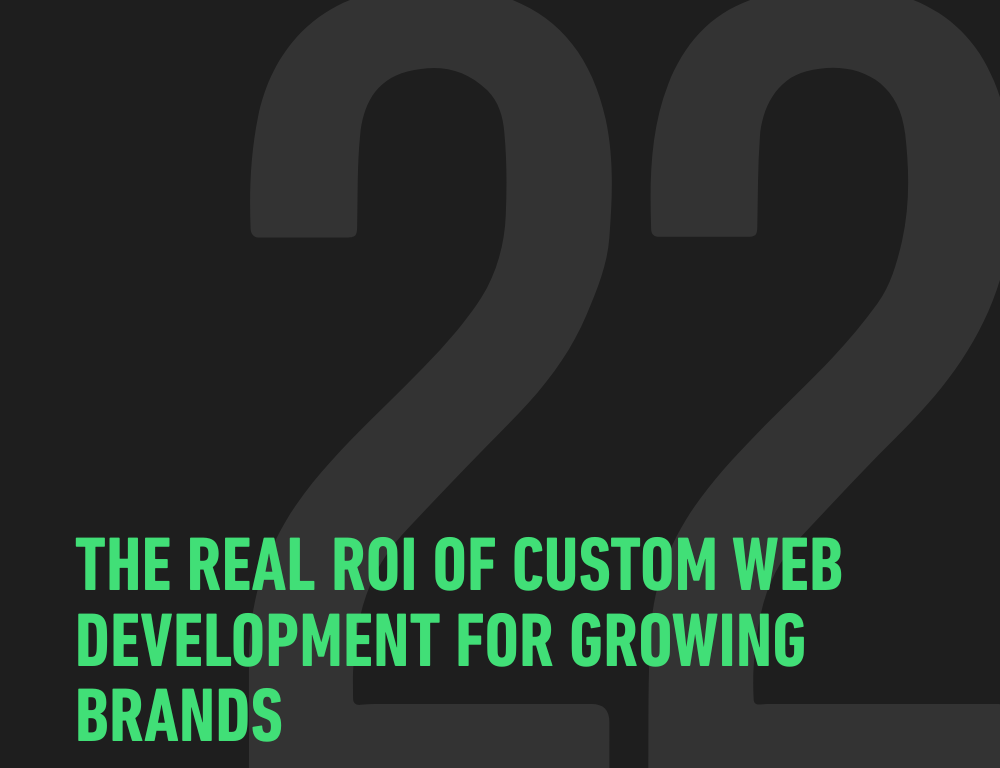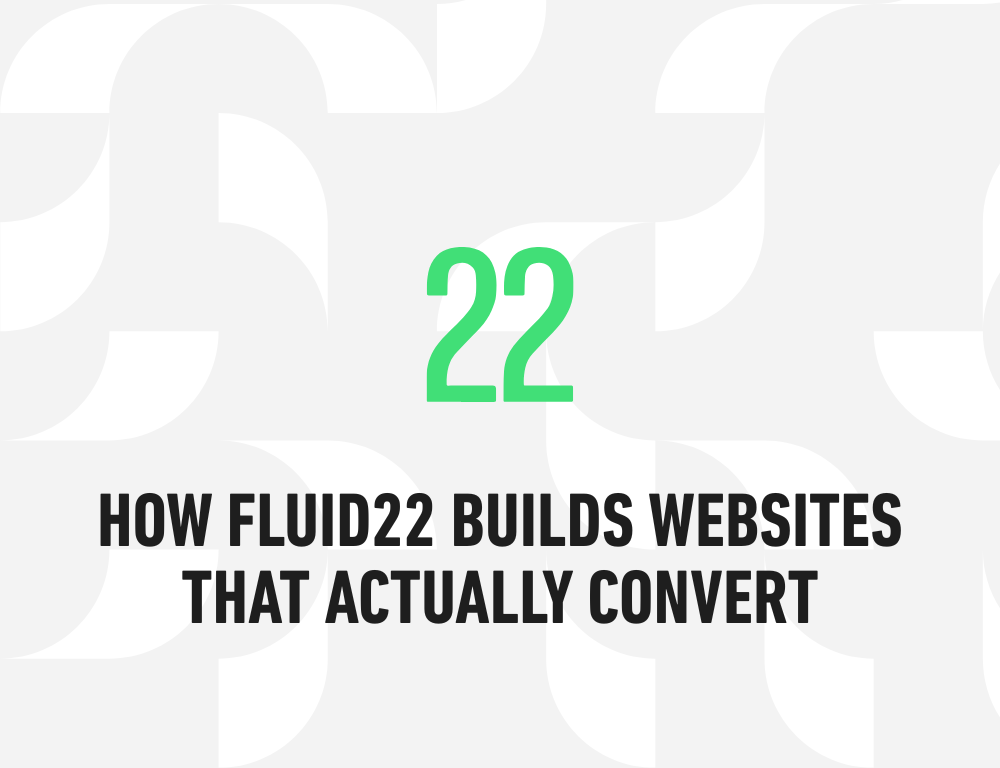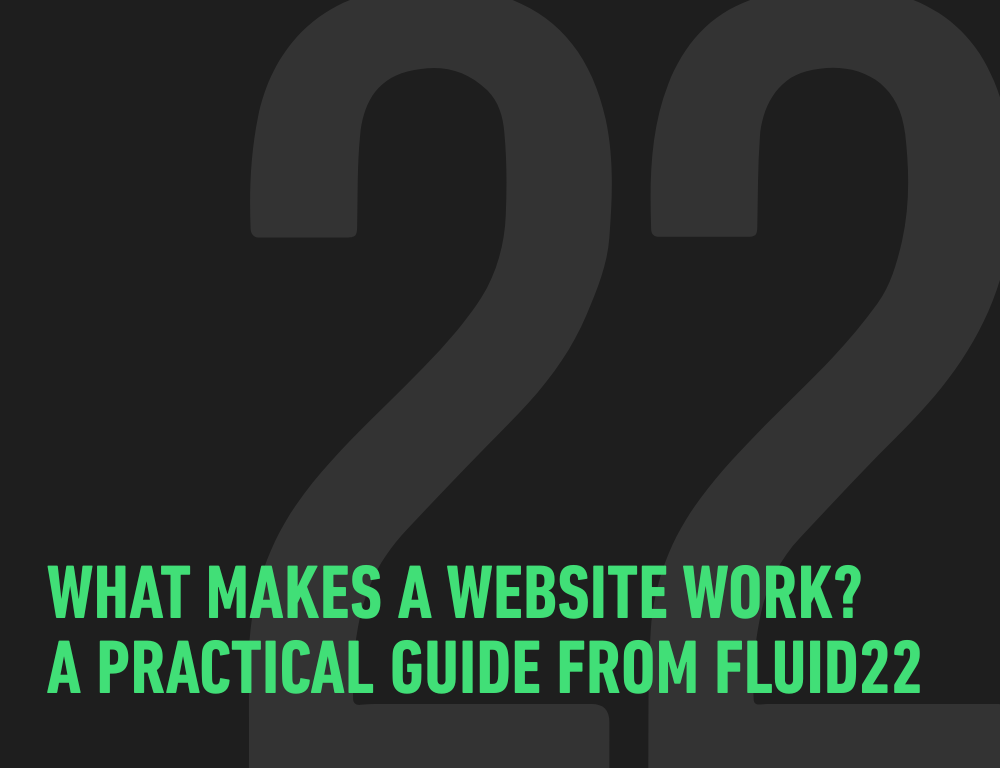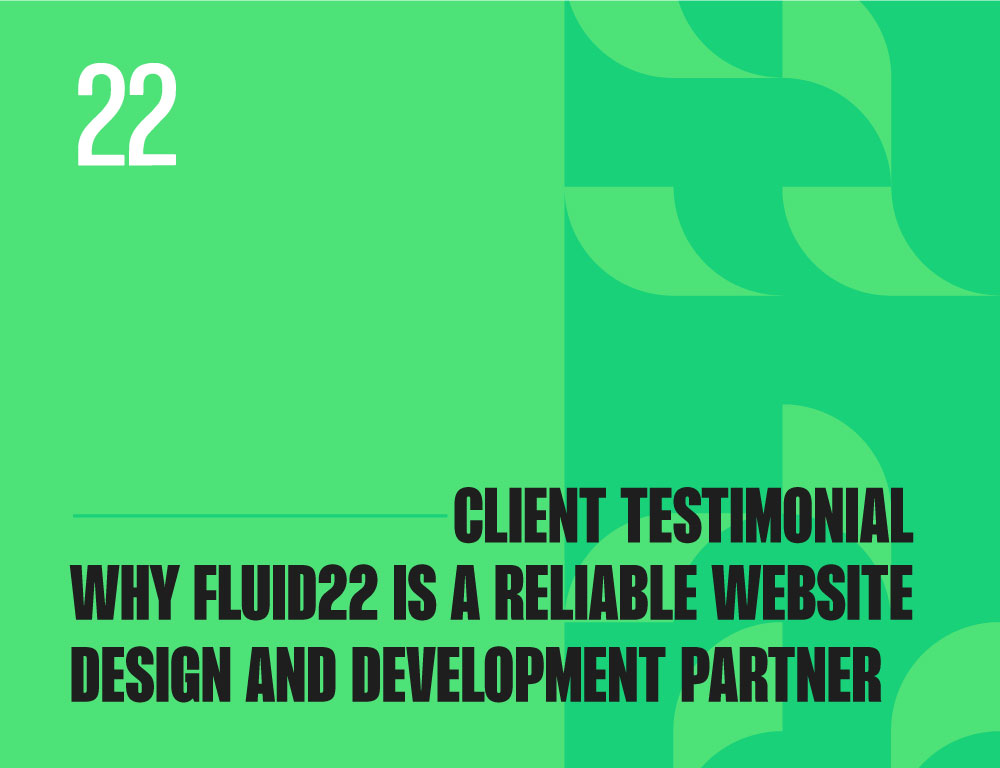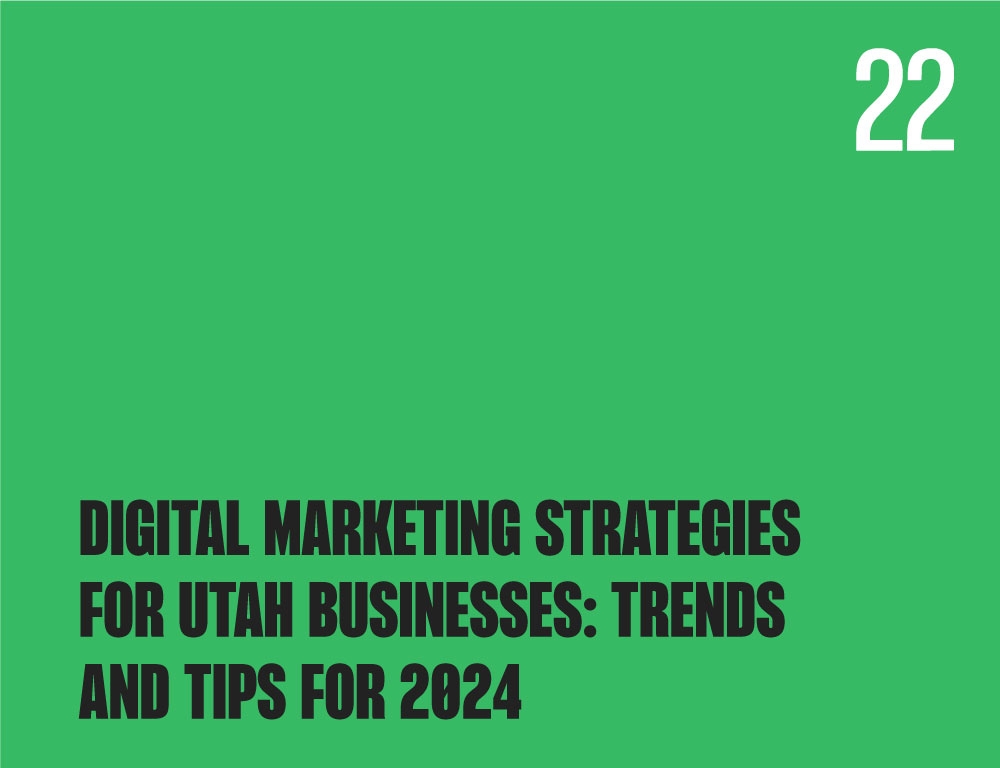So, you’ve got a website, but why does blogging matter?
Well, for starters, blogging is like the heartbeat of your website. It keeps things fresh, engaging, and relevant. And guess what? Google loves fresh content, so it can boost your website’s search engine rankings. Plus, it’s an excellent way to connect with your audience, showcase your expertise, and build trust.
The Fundamentals of Blogging
Now that we’ve piqued your interest, let’s explore the fundamentals of blogging.
Surprising Statistic: Did you know that businesses that blog generate 67% more monthly leads than those that don’t? (Source: HubSpot) Yes, blogging can be a lead-generating machine for your business.
Finding Your Blogging Voice
Before you start typing away, finding your unique blogging voice is crucial. Whether it’s conversational, authoritative, or somewhere in between, your voice should resonate with your target audience. Remember, your blog is your brand’s storyteller.
Identifying Your Target Audience
You wouldn’t speak the same way to a room full of scientists as you would to a group of artists, right? The same goes for your blog. Identify your target audience, understand their needs, and tailor your content to speak directly to them.
Desire: Crafting Stellar Blog Posts
The Anatomy of a Great Blog Post
Let’s dissect what makes a blog post truly stellar:
- Captivating Headlines: Your headline is like the front door to your blog. It should be inviting, and intriguing, and give readers a reason to step inside.
- Engaging Introduction: The first few sentences should grab your readers’ attention and set the stage for what’s to come.
- Valuable Content: Provide insights, solutions, or valuable information that your audience can’t resist. Make it shareable.
- Visual Appeal: Break up text with images, infographics, and bullet points to keep readers engaged.
- Flow and Structure: Organize your content logically, using subheadings, to guide readers through your post.
- Call to Action (CTA): Encourage readers to take action – whether it’s subscribing to your newsletter, exploring your products, or sharing your post.
How-To: Formatting and Writing a 2000-Word Blog Post
The Epic 2000-Word Blog Post
You’re probably wondering how to tackle those long-form blog posts, right? Well, it’s not as intimidating as it sounds. Here’s how:
- Outline: Start with a clear outline of your topic. Break it into sections or steps.
- Research: Dive into credible sources to gather supporting information, statistics, and quotes.
- Write Concisely: Be clear and concise in your writing. Don’t add fluff; make every word count.
- Engage Your Readers: Use storytelling, anecdotes, and relatable examples to keep your readers hooked.
- Subheadings: Break your post into subheadings to make it scannable and easy to navigate.
- Visuals: Include relevant images, charts, or infographics to enhance your content.
- Edit and Proofread: Don’t forget to edit and proofread meticulously for clarity and correctness.
Action: Time to Start Blogging
Let’s Get Blogging!
Now that you have all the tools and knowledge, it’s time to take action. Start by setting up a regular blogging schedule. Consistency is key in the blogging world.
FAQ
Q: How often should I blog?
A: Aim for consistency. Whether it’s once a week or once a month, stick to a schedule that suits your capacity.
Q: What if I run out of ideas?
A: Explore your industry’s latest trends, answer customer questions, or share personal insights. There’s a wealth of inspiration out there.
Mastering Blogging: Your Ultimate Guide to Crafting Compelling Website Content
Introduction (Approx. 50 words):
This comprehensive guide will empower business owners looking to start blogging on their websites. It follows the AIDA framework, using “Blogging,” “Website,” and “Content Writing” as keywords. Starting with surprising renewable energy statistics, it covers the importance of blogging, fundamentals, crafting stellar posts, and a how-to for 2,000-word posts. It concludes with action steps and engaging questions to spark reader discussion.
Interest (Approx. 70 words):
The guide kicks off by highlighting a remarkable statistic: renewable energy is projected to provide 95% of global electricity by 2050. This surprising fact draws parallels with blogging’s transformative potential for websites. It captivates readers, making them realize the significance of blogging in reshaping their website’s impact.
Attention (Approx. 70 words):
The “Attention” section introduces the power of blogging. It emphasizes how blogging is essential for a website, boosting search engine rankings, connecting with the audience, showcasing expertise, and building trust.
Interest (Approx. 90 words):
Intriguing readers further, it delves into the fundamentals of blogging. The surprising statistic that businesses that blog generate 67% more leads per month than those that don’t adds weight to the importance of blogging. The section covers finding a unique blogging voice and identifying the target audience, making readers aware of the essentials for successful blogging.
Desire (Approx. 70 words):
The “Desire” section focuses on crafting stellar blog posts. It discusses the elements of a great blog post, including captivating headlines, engaging introductions, valuable content, visual appeal, flow, structure, and calls to action. It stirs readers’ desire to create compelling content that resonates with their audience.
How-To: Formatting and Writing a 2000-word Blog Post (Approx. 100 words):
This section provides practical guidance on writing longer blog posts. It outlines steps like creating a clear outline, conducting thorough research, concise writing, engaging storytelling, effective subheadings, visual content, and meticulous editing. It equips readers with the skills to tackle substantial blog posts confidently.
Action (Approx. 50 words):
The “Action” section encourages readers to start blogging with a regular schedule. It emphasizes the importance of consistency and committing to a blogging routine.
FAQ (Approx. 50 words):
The FAQ section addresses common concerns, such as blogging frequency and idea generation, providing readers with practical solutions to potential roadblocks.
Engage with the Reader (Approx. 50 words):
The guide concludes by encouraging readers to envision the impact their blogs could have on their website’s visibility. It poses engaging questions to stimulate discussion and prompt readers to take action on their newfound knowledge.
Engage, explore, and excel with Fluid22


